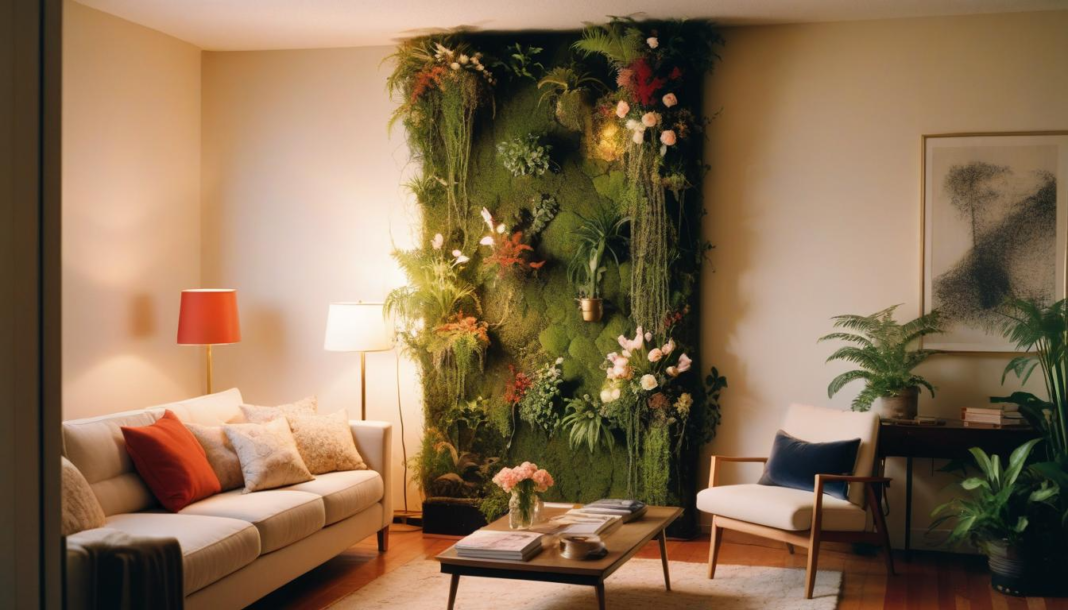Are you dreaming of a lush, green oasis but feel limited by the small space on your balcony? Vertical gardening is the perfect solution to transform your compact outdoor area into a thriving garden paradise. By utilizing vertical space, you can grow a variety of plants, herbs, and even vegetables without sacrificing precious floor space. Whether you’re a seasoned gardener or a beginner, this guide will walk you through everything you need to know about vertical gardening, from selecting the right plants to avoiding common mistakes. Let’s dive in!
Why Choose Vertical Gardening?
Vertical gardening is not just a trend; it’s a smart and sustainable way to maximize space, improve air quality, and add aesthetic appeal to your balcony. It’s ideal for urban dwellers who want to bring nature closer to home. Plus, it’s a fantastic way to grow your own herbs and veggies, even in a small area.
Getting Started: Selecting the Right Plants
Choosing the right plants is crucial for a successful vertical garden. Here are some easy-to-care-for options that thrive in vertical setups:
- Herbs: Basil, mint, parsley, and thyme are perfect for vertical gardens. They don’t require much space and can be harvested regularly for cooking.
- Succulents: Sedum, echeveria, and string of pearls are low-maintenance and add a unique texture to your garden.
- Leafy Greens: Lettuce, spinach, and kale grow well in vertical planters and provide fresh greens for your salads.
- Flowering Plants: Petunias, begonias, and geraniums add a pop of color and attract pollinators like bees and butterflies.
- Climbing Plants: Ivy, jasmine, and climbing roses are excellent for trellises or wall-mounted planters.
Understanding Light Requirements
Light is one of the most important factors for plant growth. Before setting up your vertical garden, assess the light conditions on your balcony:
- Full Sun (6+ hours of direct sunlight): Ideal for herbs, succulents, and flowering plants.
- Partial Shade (3-6 hours of sunlight): Great for leafy greens and some flowering plants like begonias.
- Low Light (less than 3 hours of sunlight): Choose shade-tolerant plants like ferns or pothos.
Soil and Watering Tips
Soil Types
Use lightweight, well-draining soil for vertical gardens. A mix of potting soil, perlite, and compost works well for most plants. Avoid heavy garden soil, as it can retain too much moisture and damage your plants.
Watering Techniques
Vertical gardens dry out faster than traditional gardens, so consistent watering is key. Here are some tips:
- Use drip irrigation systems or self-watering planters to ensure even moisture distribution.
- Water in the early morning or late evening to reduce evaporation.
- Check the soil regularly—stick your finger about an inch deep; if it feels dry, it’s time to water.
Common Indoor Plant Care Mistakes to Avoid
Even experienced gardeners can make mistakes. Here are some pitfalls to watch out for:
- Overwatering: Too much water can lead to root rot. Always ensure proper drainage.
- Ignoring Pests: Keep an eye out for aphids, spider mites, and other pests. Use natural remedies like neem oil to keep them at bay.
- Wrong Plant Placement: Placing sun-loving plants in the shade or vice versa can stunt their growth.
- Neglecting Fertilization: Use a balanced fertilizer every 4-6 weeks to keep your plants healthy.
Real-World Examples of Easy-to-Care-For Plants
Here are some foolproof plants that are perfect for beginners:
- Pothos: Thrives in low light and requires minimal watering.
- Spider Plant: Adapts well to various light conditions and is great for air purification.
- Aloe Vera: A hardy succulent that loves sunlight and needs little maintenance.
- Cherry Tomatoes: Perfect for vertical trellises and provide a tasty harvest.
Creative Vertical Garden Ideas
- Hanging Planters: Use macramé hangers or wall-mounted pots for a bohemian look.
- Pallet Gardens: Repurpose wooden pallets into vertical planters for a rustic vibe.
- Pocket Planters: Fabric pocket planters are lightweight and easy to install.
- Trellises and Ladders: Perfect for climbing plants like ivy or beans.
Conclusion
Vertical gardening is a genius way to make the most of your balcony space while adding beauty and functionality to your home. By selecting the right plants, understanding their light and water needs, and avoiding common mistakes, you can create a thriving vertical garden that suits your lifestyle.
Ready to start your gardening journey? Explore more tips, tricks, and inspiration on our blog at wecareplants.com. Don’t forget to share your vertical garden creations with us—we’d love to see how you’ve transformed your space!
Happy gardening! 🌿

